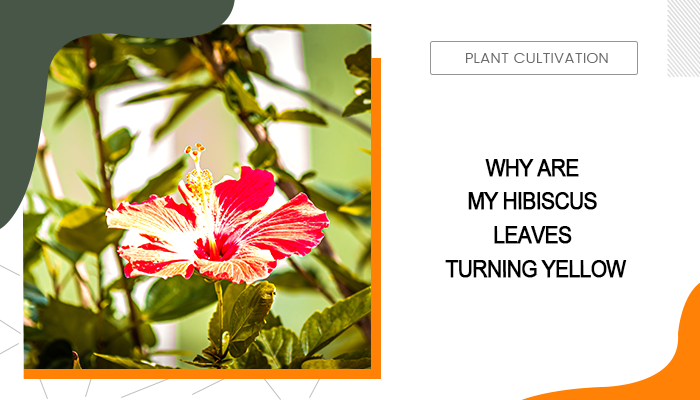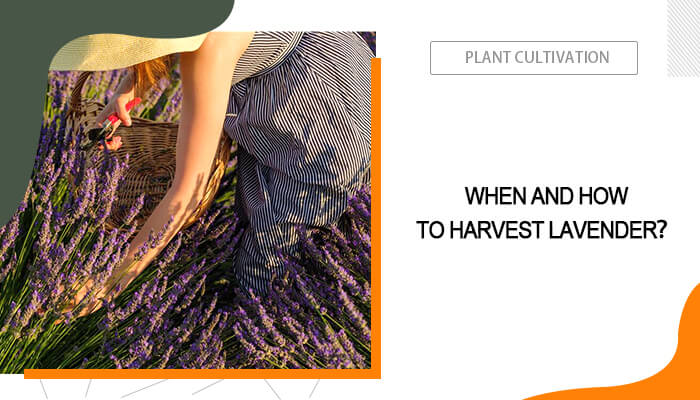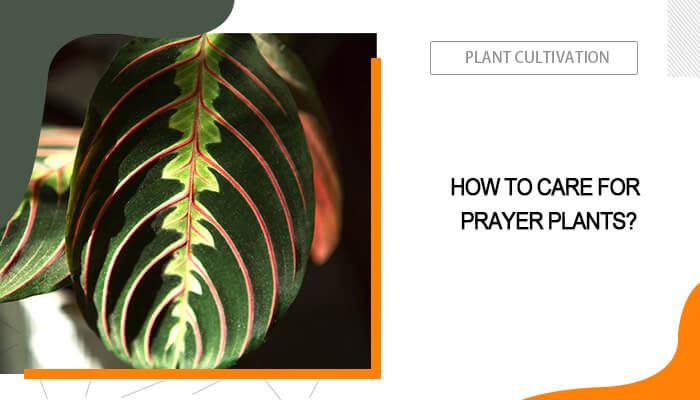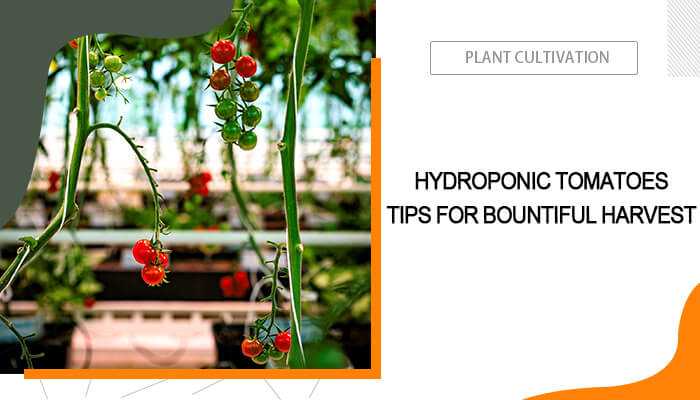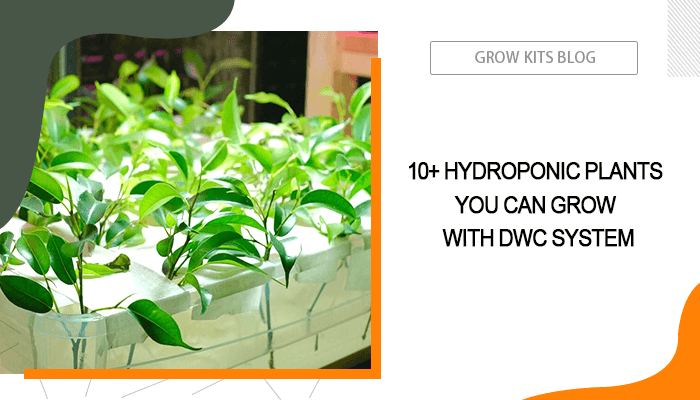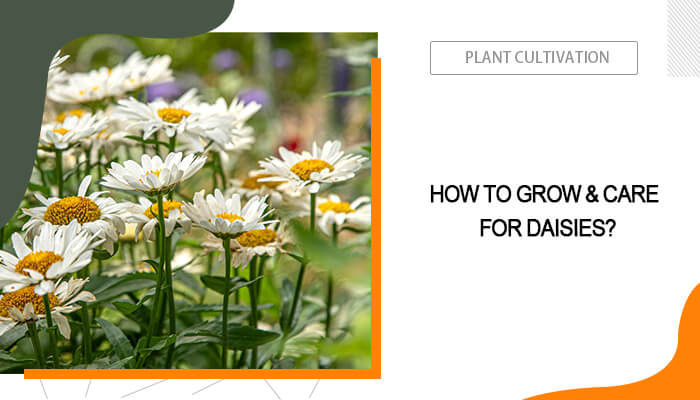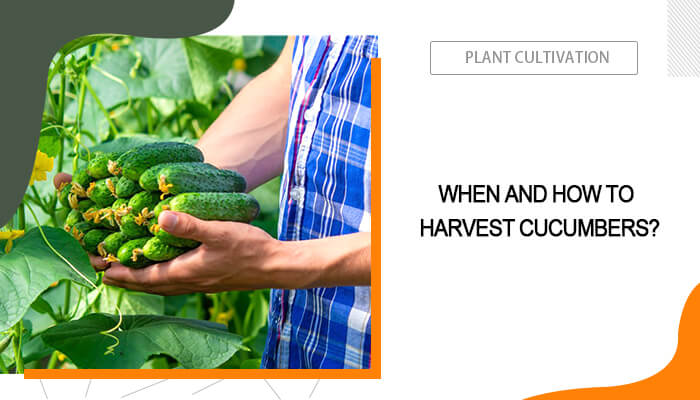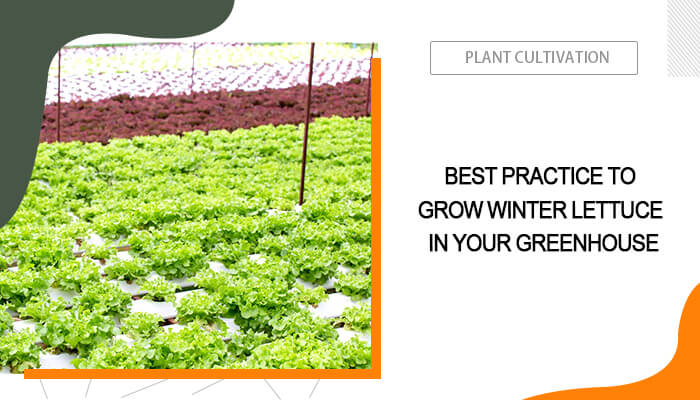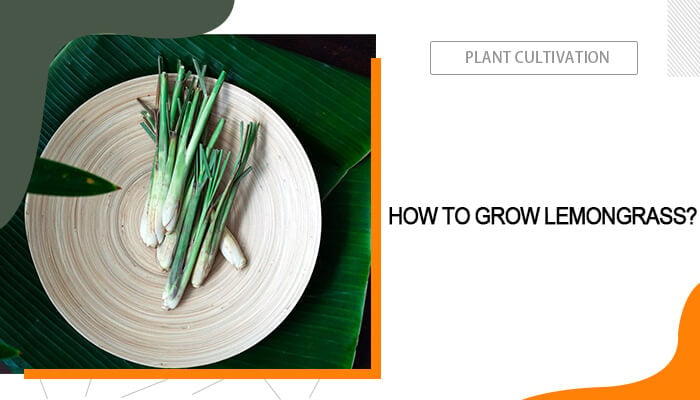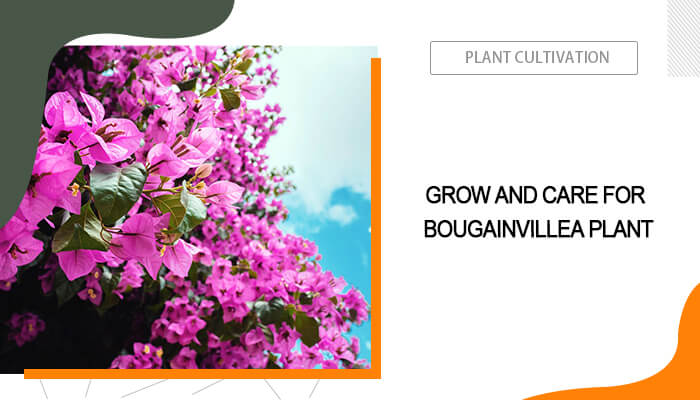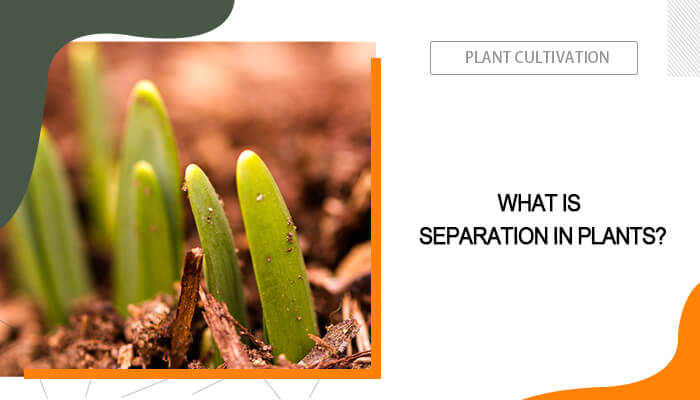Yellow Leaves on Hibiscus: 6 Killing Causes & Preventions
Plant leaves turning yellow is a common problem in many varieties. This leaf discoloration issue can be found on hydrangea, monstera, and what we are going to address today, hibiscus. Why are my hibiscus leaves turning yellow? Are there any solutions to save the yellowing hibiscus leaves? Fret not, for we're about to dive deep into the 5 reasons why hibiscus leaves turn yellow.
Table of Contents
Dormancy
Before diagnosing why is your hibiscus leaves turning yellow, you should consider dormancy, a possible yet overlooked cause. Hibiscus plants actively grow through the spring, summer, and autumn seasons but take a break and cease growing in winter. Therefore, the occurrence of a few yellow leaves during the autumn shouldn't be cause for concern, except in cases where all leaves turn yellow and fall off, leaving the plant bare.
Improper Watering
The delicate balance of moisture that hibiscus plants demand is often misunderstood, leading to either too much or too little water, both of which can cause significant stress to the plant. This stress, in turn, is vividly manifested through the yellowing of the leaves.
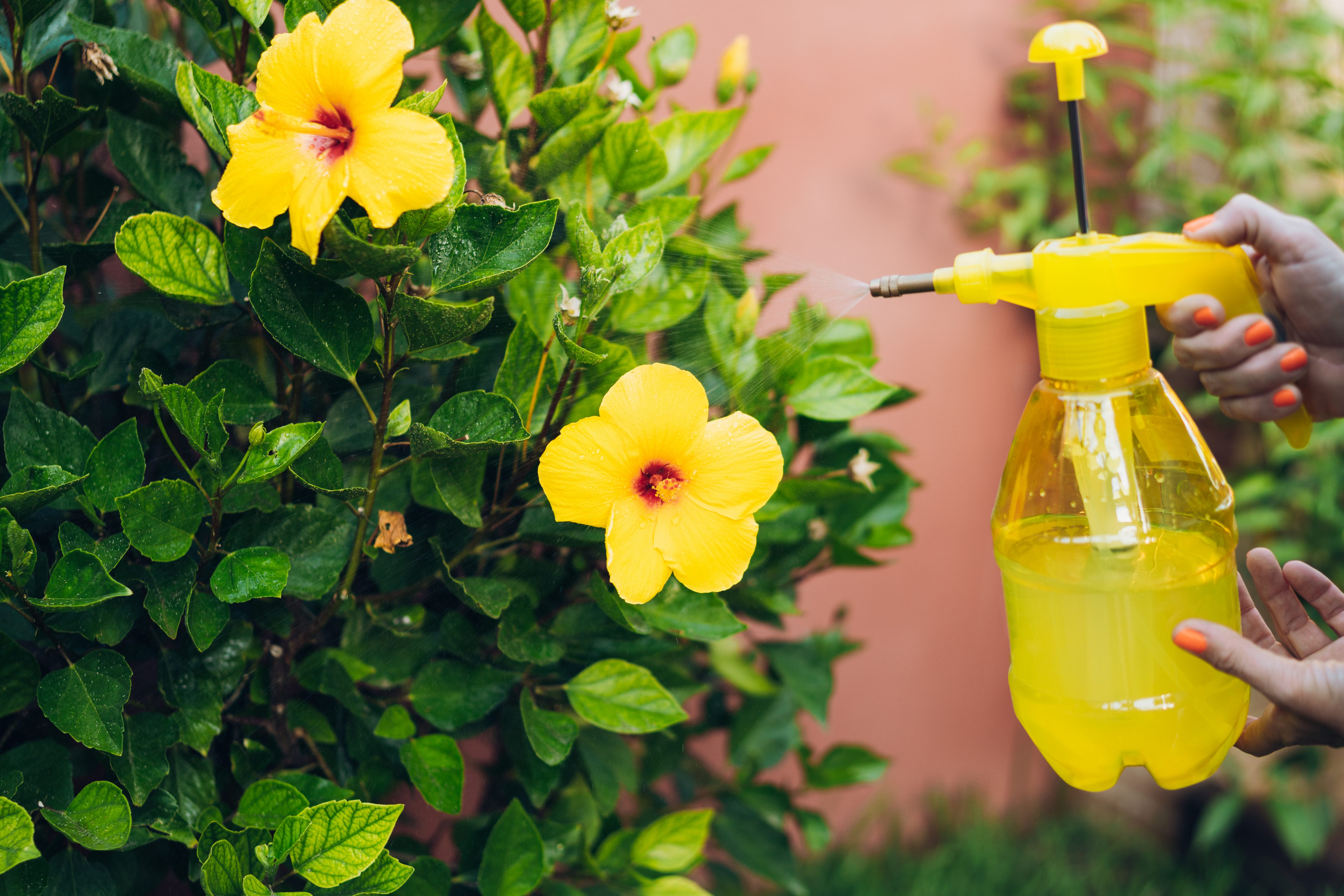
Overwatering Hibiscus
Hibiscus plants are tropical beauties that thrive in warm environments, therefore, some gardeners tend to think "more is better" when it comes to watering. Hibiscus, particularly in-ground ones, however, do not fare well with soggy feet. Excessive water in the soil can lead to a lack of oxygen, which is crucial for the roots to breathe and function properly. When the roots are suffocated by water, they become weak and are more susceptible to root rot. This root decay can then lead to the yellowing of leaves, as the damaged roots are no longer efficient in absorbing the essential nutrients and water the plant needs to maintain its vibrant green foliage.
Underwatering Hibiscus
On the flip side, underwatering can be just as detrimental. Hibiscus plants require consistently moist soil, especially container-grown hibiscus, and a lack of water can lead to dehydration. When the plant doesn't receive enough water, its leaves lose their turgidity, a condition where the cells lack water and the leaves begin to droop and turn yellow. This is the plant's way of reducing its surface area to minimize water loss through transpiration.
Insufficient Nutrient
How are your hibiscus leaves turning yellow? Do they turn solid yellow and fall off, or turn partly green and partly yellow? If you are faced with the latter condition, chances are the plants are suffering from chlorosis, which is caused due to nutritional deficiencies, notably nitrogen and potassium.
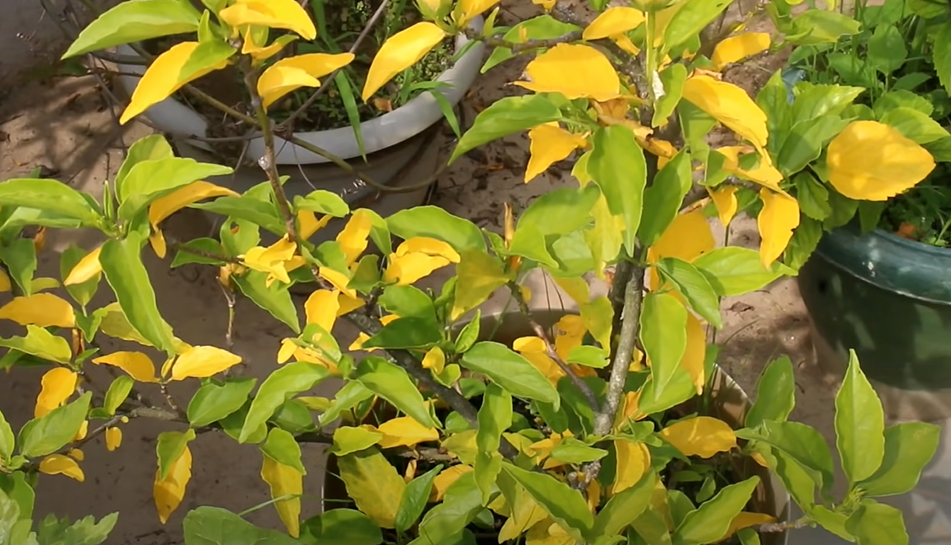
image source: GardeningUpbeat
Nitrogen Deficiency
Nitrogen is a critical component of chlorophyll, the molecule that gives plants their green color and plays a pivotal role in photosynthesis. When a hibiscus plant lacks nitrogen, it can't produce enough chlorophyll, leading to hibiscus leaves turning yellow. It typically starts with the older, lower leaves and potentially progresses throughout the plant.
Potassium Deficiency
A deficiency in potassium can lead to yellowing leaf edges or tips, a symptom known as marginal chlorosis. Over time, these yellow areas may turn brown and necrotic, leading to leaf curling and eventual death.
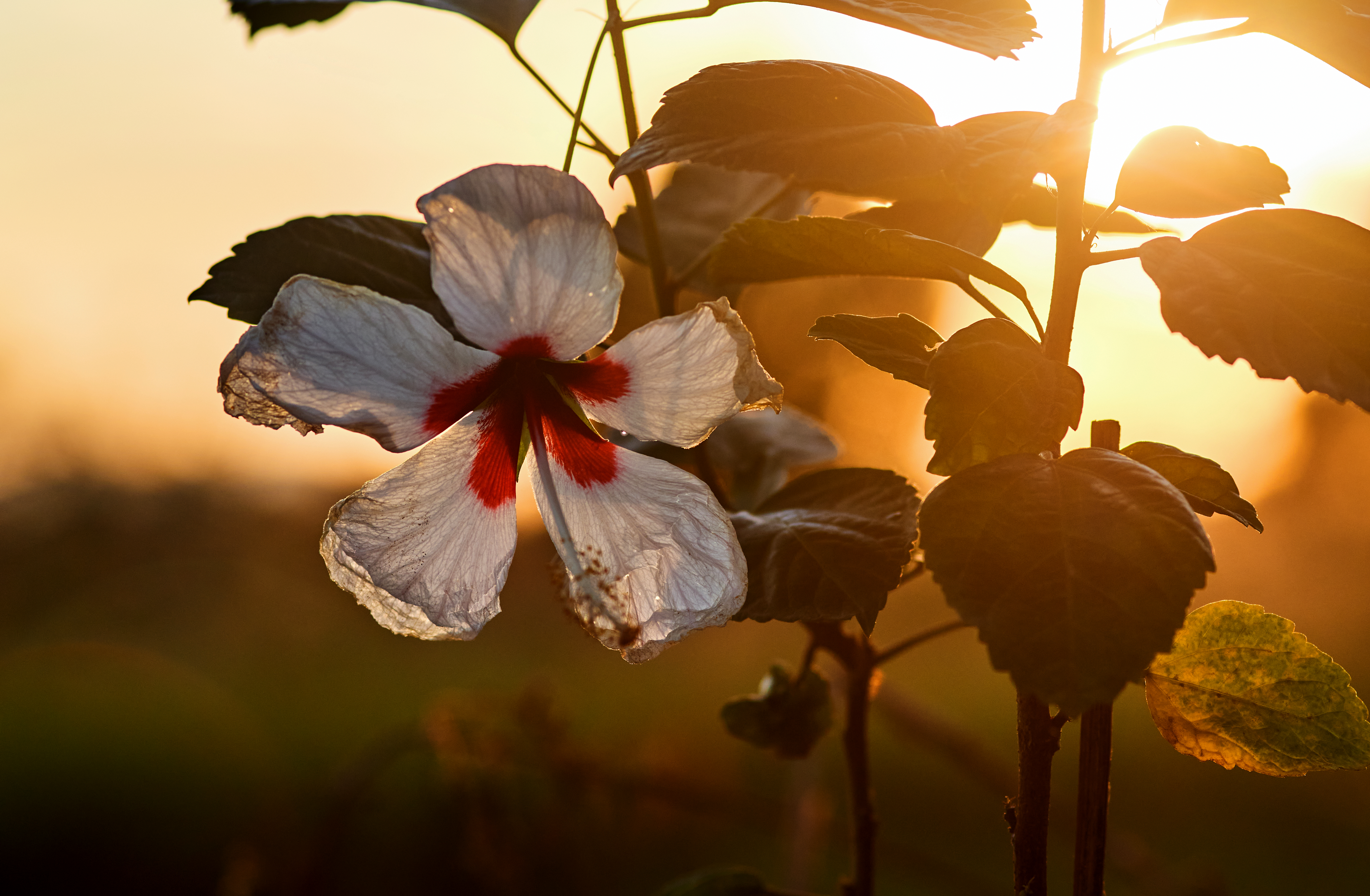
Pest Infestations
When talking about insect infestation in indoor gardening, common culprits include:
- Hibiscus Aphids
- Scale Insects
- Mealybug
- Whiteflies
However, regarding hibiscus leaves turning yellow, spider mites are the first pests you should check for. These tiny insects target the chlorophyll-containing cells directly, leading to the appearance of tiny yellow or white spots on the leaves, a condition known as stippling. Severe infestations can even cause leaves to turn completely yellow, dry out, and fall off.
Insufficient/Excessive Lighting
In general, hibiscus plants like sunlight. However, you have to find a balance in real-life cases - not too much, nor too little light.
All plants require sunlight for photosynthesis, and that is true for hibiscus as well. Insufficient sunlight can disrupt this process, leading to reduced chlorophyll production, which is responsible for giving leaves a hue of green.
Conversely, excessive sunlight can also cause leaf damage, particularly in container-grown hibiscus plants that have been kept indoors during the winter. When these plants are moved back outdoors in the spring, they may exhibit yellowing leaves as a result of too much light exposure.
Environmental Changes
Changes in the surrounding environment, such as temperature, humidity, wind conditions, and so on can pose a threat to your hibiscus plants living. For example, when hibiscus plants encounter an abrupt decrease in temperature, their leaves can turn yellow. Or, strong winds may dry out hibiscus leaves and lead to yellowing and shedding.
How to Prevent Yellow Leaves on Hibiscus
Yellowing leaves on hibiscus are unlikely to revert to green, it's best to address the underlying issue and focus on the health of new growth. With the following tips, you stand a chance to prevent yellow leaves on hibiscus.
- Keep the soil consistently moist by watering regularly, especially during the active growth season (spring and summer). Adjust watering frequency during dormancy, except in severe drought conditions. During the summer, watering every 2-3 days may be necessary.
- Maintain the optimal soil pH (6 - 7) by fertilizing with a hibiscus-specific fertilizer rich in nitrogen, phosphorus, and potassium.
- Shield your hibiscus from harsh weather conditions. Increase watering during heatwaves and consider moving potted plants indoors in cold winter months if you live in a temperate climate.
- If planning to bring your hibiscus indoors for winter, start the transition in fall before heating systems are turned on, giving the plant time to acclimate. In this way, your plant will experience less shocking environmental changes.
- Safeguard your hibiscus from pests by spraying the entire plant with soapy water, insecticidal soap, neem oil, or an organic pesticide if an infestation is suspected.
Conclusion
Yellow leaves on your hibiscus can be a sign of distress, but with the right care and attention, your plant can thrive once more. Remember to monitor its environment, water intake, nutrient levels, and health to prevent future issues. Have a question? Leave a comment below and we’ll help you out!




